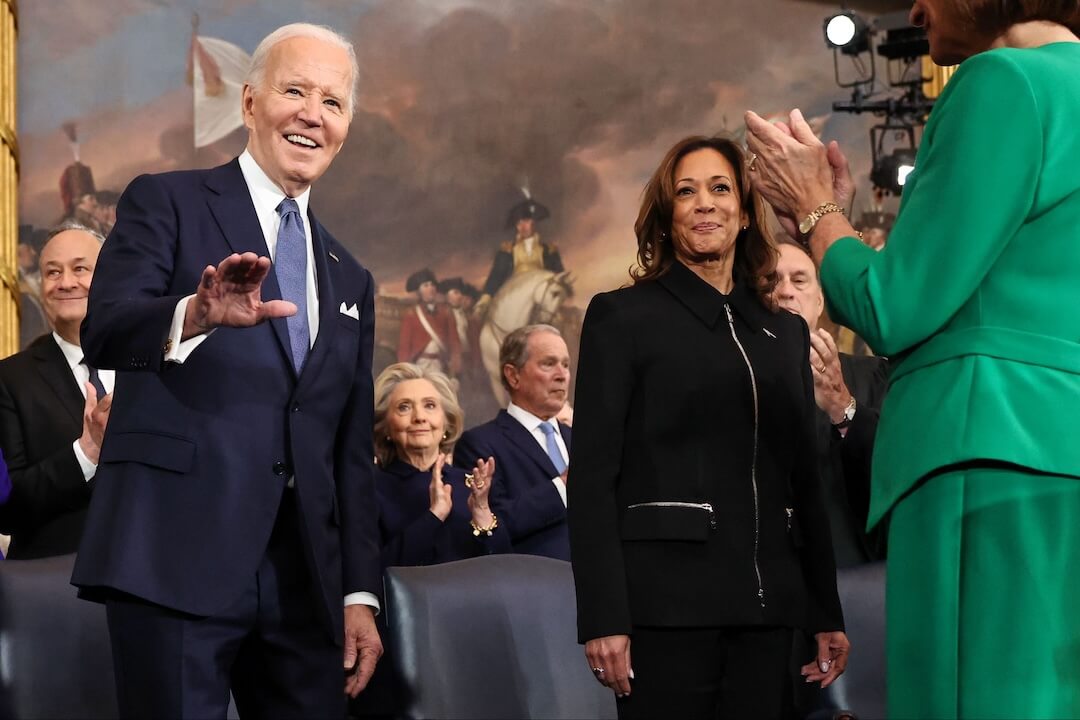Here’s a riddle: What do newspapers have in common with Disney’s Magic Kingdom?
Well, nobody is calling newspapers the happiest place on Earth these days. But bear with me. I do think there is a parallel between Disney’s strategy for coping with unexpected financial reverses and the options for legacy news organizations confronting those apparently omnipresent “headwinds.”
In the quarterly earnings season just concluded, it was the same old, same old for the remaining public newspaper companies. The New York Times continued to grow its digital subscriber base, thanks to the strength of what the company calls the bundle — news plus side ventures in cooking, games and product recommendations. Gannett and Lee reported progress in shifting the balance of their revenues to digital — but after print declines and servicing debt, they still are not yet making meaningful profits.
Meanwhile, Disney dished up a surprise for its shareholders, and not a pleasant one. Performance lagged for an embarrassing reason. Notorious for raising prices again and again and again, its theme park division finally hit the wall with part of its customer base — those of modest means who splurge on giving their kids a special experience. Lately, some are finding that dream vacation at the parks just too expensive.
Disney had staff cuts in spring 2023 and limited price discounts this spring. Not this time, though. In April, Disney announced multiyear spending — $60 billion in all — to its cruise fleet and theme parks particularly.
Aged and tired rides will be refreshed or phased out, but that’s business as usual for Disney. At Magic Kingdom in Orlando, among the next big things will be a land unto itself, showcasing animated film villains: Ursula, Jafar, Scar, Gaston and more contemporary ones. Details to follow, and those will be invented on the fly, but the aim is a must-see, winning back some of those gone-missing customers.
It’s a different business, to be sure, but news organizations seem under the gun in the same way. Cut back by necessity? Or lean into some big reinvestment in adjacent but fresh attractions that will draw an audience and create a new revenue stream?
Take, for instance, Washington Post publisher Will Lewis’ “third newsroom,” charged with developing satisfying content you don’t even know you want yet. It’s under construction and aims for a post-election first-quarter rollout next year.
Several of the nation’s finest media reporters — Ben Mullin and Katie Robertson at the Times and Alexandra Bruell at the Wall Street Journal — have taken a shot at explaining what type of stories and revenue the third newsroom is supposed to produce. To my mind, though, it remains altogether vague.
The Post itself is not yielding much insight. In announcing a team leader for planning, Krissah Thompson, managing editor Matt Murray wrote “the main focus of the project is “properly structuring ourselves for a rapidly and regularly changing news ecosystem.”
It sounds as if that’s content geared to social platforms like YouTube and TikTok, along with something more for a younger audience of nonsubscribers. The sketchy think-big outline fits owner Jeff Bezos’s proven ways of doing things at Amazon. Investment first, patient money that will yield profits later. The Times reported that he personally greenlit the idea and has been hands-on with the planning to date.
Gannett and various digital startups seem to be aiming for the same sort of thing — supplementing investigations and other serious journalism with shorter, lighter stories on everyday community life. Just don’t call it clickbait.
Disney’s big new thing, befitting Disney, has had anticipatory drama that the Post’s plans do not. Villains Land has been teased as a coming attraction for years.
In Disney’s announcement, Josh d’Amaro, chief of the theme parks division, took the project beyond blue-skying. “It will be storytelling on a grand scale. … Plans are drawn, dirt is moving.” A friendly audience of employees and fans cheered ecstatically.
Disney magic has not always translated to business success. The ‘round-the-world Epcot theme park started strong in the 1980s, but attendance quickly plateaued. A long series of iterations has been needed to keep it afloat. So I don’t think Villains Land, for all the hype, is a sure hit. Sounds like one, though.
Notwithstanding his checkered record as an editor and publisher in Great Britain, Lewis, with Bezos’s backing, seems to be on the right track, too.
Better to try something ambitious that might or might not come through than tweak the legacy model that lost $77 million in 2023.








Good points, although Disney has severely cut back in spend, staff, etc at ‘traditional media areas’. Not sure the spending blitz in parks is equal to news departments…Maybe?